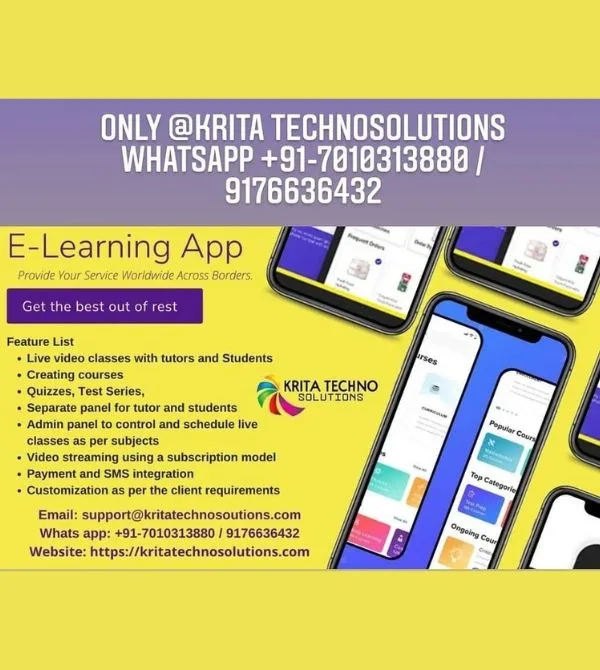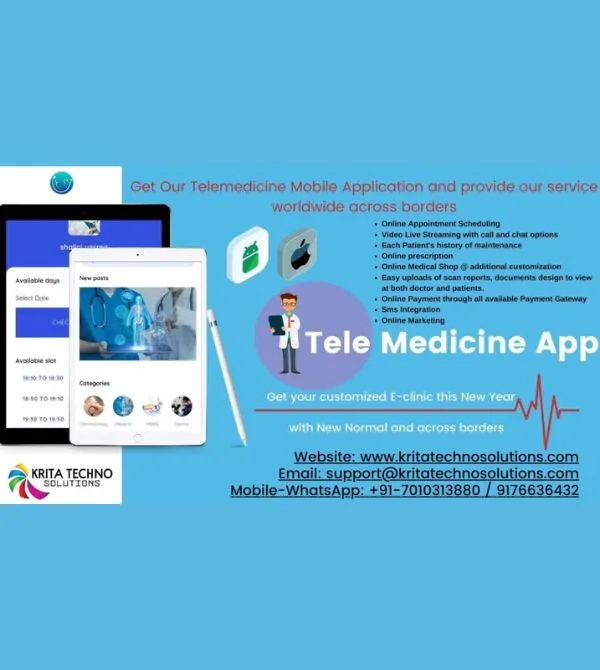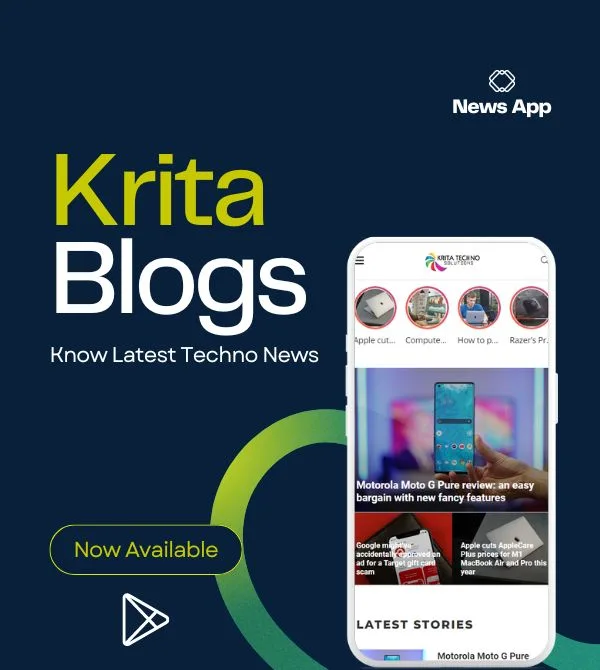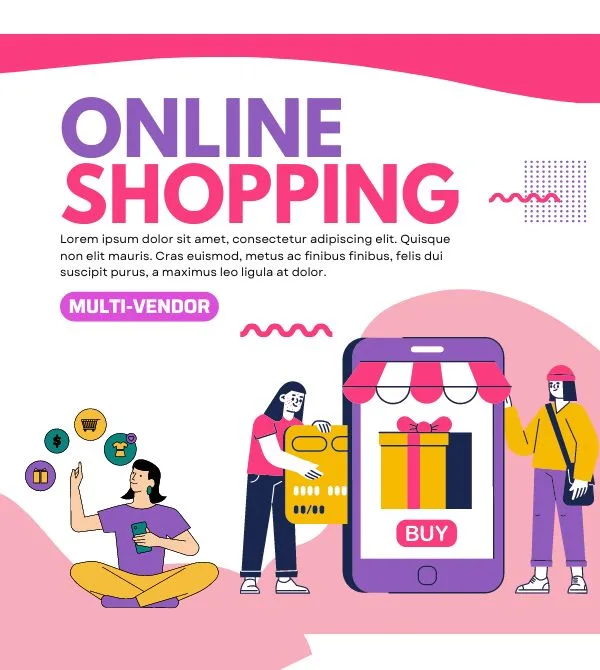The Power of Emotional Marketing in Ads
In today’s hyper-connected world, developing a mobile app is only the beginning. With over 4 million apps available across Android and iOS platforms, the real challenge is standing out and driving downloads. This is where digital marketing becomes your most powerful tool.
A well-planned mobile app marketing strategy not only helps you reach your target audience but also ensures that users engage with your app regularly and become loyal advocates.
In this blog, we’ll walk through the key digital marketing tactics that can help promote your mobile app and increase visibility, downloads, and user retention.
1. Start with Pre-Launch Marketing
Create a Landing Page
A well-designed landing page or microsite is essential for building pre-launch momentum. It should include:
- A compelling app description
- Feature highlights
- Screenshots or a short demo video
- A lead capture form to collect emails
Use this page to attract early adopters and keep them informed until the app is available.
Tease Your App on Social Media
Generate buzz by posting behind-the-scenes content, teaser videos, and sneak peeks across your social channels. Add a countdown to your launch date and invite users to join a waitlist.
2. Optimize for App Stores (ASO)
App Store Optimization (ASO) is the process of enhancing your app’s visibility within an app store search. Focus on:
- App title and keywords: Include relevant and high-ranking keywords in your title and subtitle.
- App description: Write a concise, benefits-oriented description.
- Icon and visuals: Ensure your app icon and screenshots are visually appealing.
- User reviews and ratings: Encourage satisfied users to leave reviews.
- Video preview: Add a brief app demo to show the interface and core functionality.
Good ASO improves organic discovery and boosts download rates.
3. Leverage Content Marketing
Start a Blog
Publish articles that align with your app’s niche. If you’ve created a meditation app, you could write posts like:
- “Top 5 Breathing Techniques for Daily Calm”
- “Why Mindfulness Improves Sleep”
Each blog should include calls-to-action linking readers to your app.
Create Video Content
Videos have high engagement rates. Use them to:
- Demonstrate how your app works
- Introduce features
- Share testimonials
Publish across YouTube, Instagram Reels, and TikTok, and optimize with relevant hashtags.
4. Social Media Marketing
Choose the platforms that align best with your audience demographics and app category.
Platform Guidelines:
- Instagram & TikTok: Best for lifestyle, fitness, and entertainment apps
- LinkedIn: Suitable for professional and B2B apps
- Facebook: Effective for broad targeting and community building
- Twitter: Useful for tech, productivity, and news apps
Social Media Tips:
- Post consistently with a content calendar
- Use stories, polls, and live streams
- Share user-generated content
- Host contests or giveaways
- Respond to comments and messages prompt
5. Influencer Partnerships
Influencers offer access to loyal audiences and can deliver trustworthy promotion.
How to Collaborate:
- Identify influencers in your niche
- Offer free access or early features
- Create affiliate/referral incentives
- Encourage influencers to demo the app in their content
Focus on micro-influencers (10K–100K followers) for cost-effective yet impactful collaborations.
6. Use Paid Advertising
Paid ads provide immediate visibility and allow you to target users with precision.
Channels to Explore:
- Google App Campaigns: Display your app across Google Search, YouTube, and the Play Store
- Facebook and Instagram Ads: Target based on interests, location, behavior, and device
- YouTube Ads: Use skippable or non-skippable video formats to promote a demo
- Apple Search Ads: Target users searching for apps like yours on the App Store
Ad Types to Consider:
- App install ads
- Video ads with CTAs
- Carousel ads to showcase multiple features
- Playable ads (interactive previews)
Use A/B testing to identify which creatives and copy convert best.
7. Build an Email Marketing Funnel
Email allows you to nurture relationships over time and re-engage users effectively.
Campaign Ideas:
- Launch announcement
- App feature highlights
- Tips and tricks for using the app
- New version or update notifications
- Re-engagement campaigns for inactive users
Use segmentation to target emails based on user behavior, such as those who signed up but haven’t downloaded.
8. Get Featured on Review Sites and Directories
Being listed or reviewed on popular websites builds credibility and attracts organic traffic.
Submit your app to:
- Product Hunt
- TechCrunch (if newsworthy)
- AppAdvice
- MobileAppDaily
- Android Authority
- G2 or Capterra (for B2B apps)
Also consider reaching out to bloggers or journalists who cover your app’s industry.
9. Engage with Online Communities
Word-of-mouth in niche communities can drive highly targeted downloads.
Places to Participate:
- Reddit subreddits related to your app niche
- Facebook Groups
- Quora discussions
- Indie Hackers and Slack communities
- Forums or Discord servers
Add value by offering advice or answering questions before introducing your app. Avoid hard-selling or spamming.
10. Use Referral and Loyalty Programs
A referral program can turn existing users into powerful advocates.
Program Ideas:
- Offer in-app rewards for each successful referral
- Provide discounts or unlock features
- Encourage users to share on social media
Use referral tracking platforms like Branch or Firebase to manage links and measure success.
11. Retargeting and User Re-Engagement
It’s common for users to abandon apps shortly after installation. Retargeting can help bring them back.
Tactics to Implement:
- Push notifications reminding users of value
- Email reminders with feature updates
- Retargeted ads on Facebook or Google for users who visited the landing page but didn’t install
- In-app messages for onboarding help or special offers
Focus on retention just as much as acquisition to improve app longevity.
12. Monitor, Analyze, and Optimize
Ongoing analysis helps you identify what’s working and where to improve.
Key Metrics to Track:
- App installs and uninstall rate
- Cost per install (CPI)
- Daily and monthly active users (DAU/MAU)
- Session length and in-app events
- Retention rate and lifetime value (LTV)
Tools to Use:
- Google Analytics for Firebase
- AppsFlyer
- Mixpanel
- Adjust
Set up conversion goals and use data to optimize every channel—from creative assets to targeting criteria.
Final Thoughts
Promoting a mobile app is not a one-time event—it’s an ongoing effort that evolves as your audience and product grow. By integrating digital marketing strategies like content creation, ASO, paid advertising, and influencer partnerships, you can drive awareness, downloads, and long-term user engagement.
Every app is different, so the key to success lies in understanding your audience, testing your tactics, and optimizing based on real data.
💬 Ready to Launch and Grow Your App?
Whether you’re a startup or scaling up, let us help you maximize your mobile app’s reach with expert digital marketing.
📞 Contact us today and let’s build your digital success!
🌐 www.kritatechnosolutions.com
📧 contact@kritatechnosolutions.com
📱 Follow us on Instagram: @KritaTechnoSolutions
Partner with Krita Technosolutions — where your app meets strategy and growth begins.






